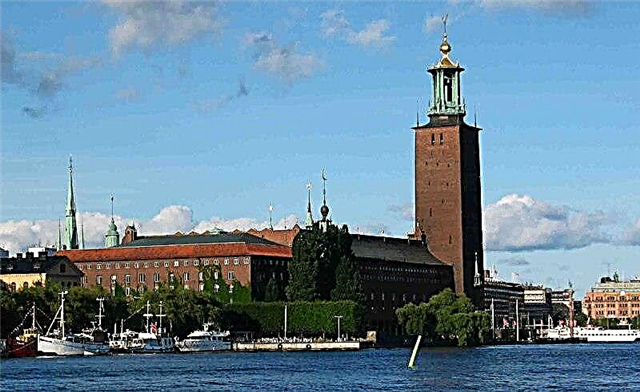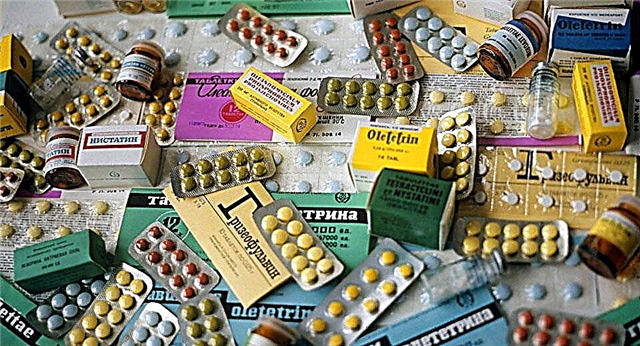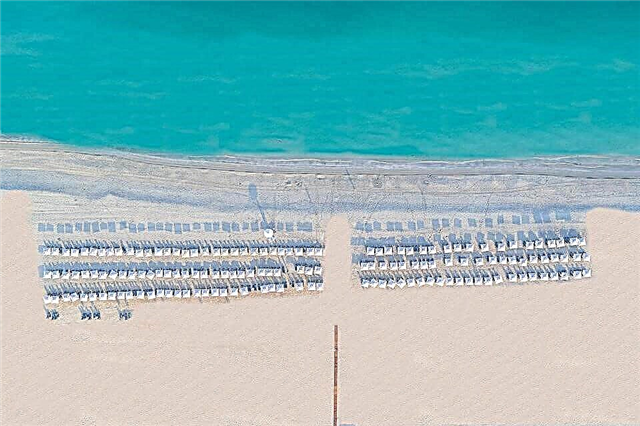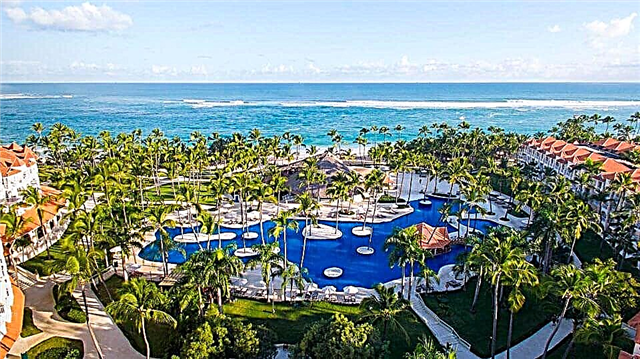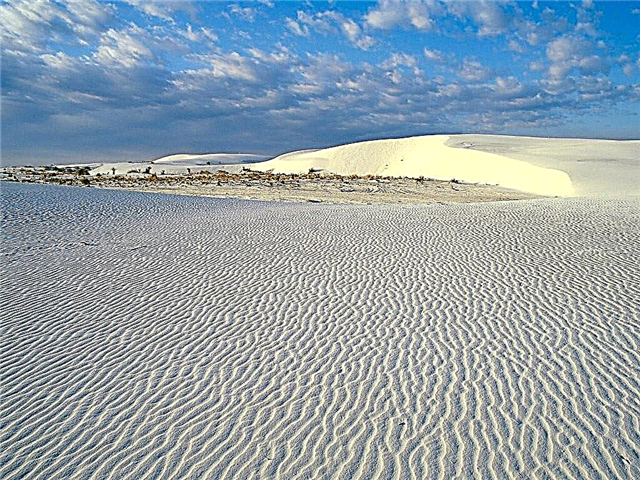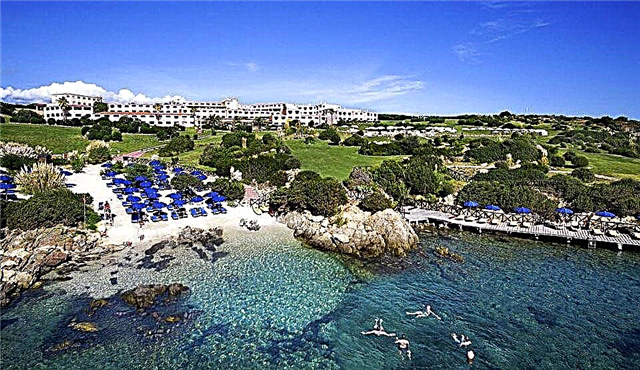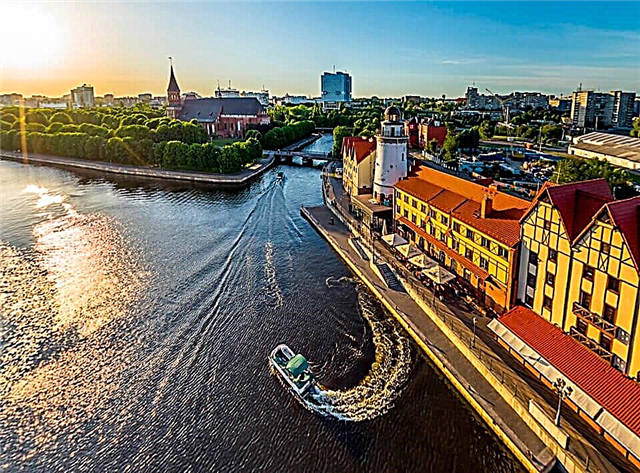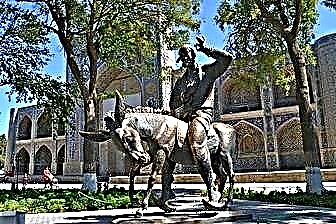Bukhara is one of the oldest cities in Central Asia. Its history is connected with the Arabs and Mongols, who at different times owned this territory. The location of the city can be called strategic, so it was often subjected to invasions. The Silk Trade Road passed through the city, which helped in the development and building up of ties. There was little crime in Bukhara in the past, so there were almost no prisons built. Only one zindan has survived to this day - a real fortress.
The architectural ensembles of the district have sometimes been formed over the centuries, but they look like a single whole. Each ruler wanted to leave behind a legacy, so new mosques, madrasahs, minarets and tombs appeared regularly. Some of them have retained their functions, while others have become museums.

The best hotels and hotels at affordable prices.
from 500 rubles / day
What to see and where to go in Bukhara?
The most interesting and beautiful places for walking. Photos and a short description.
Poi-Kalyan architectural ensemble
In the XII century, under the leadership of Arslan Khan, the city was completely rebuilt. Among other things, the ruler conceived the creation of the Poi-Kalyan complex. The minaret appeared at the same time, and the current cathedral mosque and the Miri Arab madrasah - only in the 16th century. The place was not chosen by chance: in the past, there was already a mosque here. At the time of the creation of the project, only ruins remained from it. The new building could accommodate about 12 thousand people for simultaneous prayer. According to this indicator, it became the second in the country. The minaret is over 46 meters high. It has never been renovated. Madrasah is still used for its intended purpose.

Ark Citadel
The oldest archaeological site in Bukhara. Construction was carried out in the 10th century, but the earliest surviving buildings inside the walls date from the 17th century. Legends attribute the foundation of the fortress to the local hero Siyavush. Omar Khayyam also lived here for some time. The unique library has not survived due to regular wars and attacks on the citadel. Now an architectural and art museum is based here.

Trade domes of Bukhara
The Silk Trade Route passed through Bukhara. For this reason, there was a great deal of trade here. At the intersection of the roads, domed buildings were erected - something like covered bazaars called "toki". Markets of different directions have united under one roof. Four currents are traditionally distinguished: Toki Sarrafon, Toki Telpak Furushon, Tim Abdullah Khan, Toki Zargaron. You can buy everything from jewelry to antique books.

Mausoleum of the Samanids
It is located on the site of an ancient cemetery that was revered in the past. Built in the 9th century in the traditional Sogdian style, but with the use of more durable materials. The external features of the building refer to the vision of the creators of the world. At the base lies a square - a symbol of the earth, and is crowned with a dome - the vault of heaven. Three theologians are buried in the mausoleum, including the founder of the Samanid dynasty.

Mausoleum of Chashma-Ayub
The name is translated from Persian as "source of Job". There is a spring near the tomb. According to legend, he appeared thanks to the prophet Job: with his staff he touched the ground to give water to the locals. Although the mausoleum was built in the XII century, there are no burials from that period here. The building was rebuilt many times, including under Tamerlane. Now there is a water museum and an exhibition of carpets inside.

Baha ad-Din complex
The area was in the past the center of one of the Sufi orders. The brethren got along well with official Islam and had no inclination towards seclusion. The burial place of the head of the brotherhood, a mosque, a khanaka, a minaret and a madrassah - all this is available on the territory of the complex. The arrangement of the arched sackahana is also curious. According to legend, if you quench your thirst here and leave an offering, then any desire of the person asking will be fulfilled.

Chor-Bakr necropolis
It was originally located in a village, but the territory was later included in the city. The Djuybar sayyids are buried here. The history of their dynasty dates back to Muhammad himself. The necropolis was created to preserve unique tombs. Over the course of several centuries, the district was gradually overgrown with buildings, and the entrance was made in the form of an original gate. The last burials date from the beginning of the last century.

Lyabi-hauz
In the central part of Bukhara, there is the Lyabi-Hauz square. Around it is a complex of ancient buildings. The development of this area was carried out in the XVI-XVII centuries. Kukeldash madrasah was erected first. It combined a mosque, living areas and classrooms. And Nodir-Divan-Begi initially served as a caravanserai, therefore it lacks many features familiar to madrasahs. Khanaka Divan-Begi is small in size, but it has a rich decoration. A full-fledged component of the complex is a fountain. Throughout its history, it has managed to visit a pond, a water reservoir, and, after draining, a sports ground.

Monument to Khoja Nasreddin
Installed in 1979 by sculptor Yakov Shapiro. The author was tasked with conveying all the components of the complex image of the folk hero. Khoja Nasreddin is popular in the East. He appears to be both a man of great intelligence and a simpleton. The people's favorite is able to benefit from any problem. Bronze Nasruddin was seated on a donkey and given some playfulness to his features.

Bolo-house
A single ensemble is made up of several buildings at once: a mosque, a hauz and a minaret. In the past, this mosque was the main mosque in the city for Friday prayers. It is divided into two parts: winter and summer. Columns play an important role in interior design. They not only support the ceiling of the iwan, but also frame the entrance. The minaret appeared only in the last century. And the first buildings on the register date back to the 18th century.

Chor-Minor Madrasah
Built with funds from a local merchant at the beginning of the 19th century. Since the madrasah has 4 towers in the form of minarets, it received this name. It also has another name - Caliph Niyazkul in honor of its founder. The murals on each tower are unique. It is believed that they refer to the main world religions. Subsequently, living quarters were added to the madrasah. They are decorated in a traditional style.

Madrasah of Ulugbek and Abdullaziz Khan
The complex was formed over a long period from the 15th to the 17th century. Ulugbek madrasah was built earlier. More than 150 years after its foundation, its appearance has changed due to the new cladding. Now the premises are given to the Museum of the history of restoration of city monuments. For the first time, yellow paint was used in the design of the Abdullaziz Khan madrasah. Wall painting is very diverse, which is not typical for such buildings.

Kosh Madrasah
The complex consists of two madrasahs that stand opposite each other. Hence the name translated as "double". The first madrasah in honor of Modari Khan was built in the 16th century, and the second - in honor of Abdullah Khan - a couple of decades later. These sights are not only examples of architecture of their time. They were very popular educational institutions. Not everyone could get here for classes.

Khoja-Zainutdin complex
It took shape in the 16th century. Surrounded by a residential area. On the territory of the complex there is a marble-lined house. Its spillway is made in the shape of a dragon's head. Another notable building is the khanaka. The building was used as a district mosque. The walls have an unusual and extensive painting. The open gallery is also decorated with all sorts of decorative elements and patterns. At the same time, they are designed in calm colors.

Magoki-Attari Mosque
Located on the site of an ancient sanctuary. It was created to worship the moon, which is why the mosque is sometimes called Moch, which translates as "moon".The premises of the mosque have literally gone underground, but have now been restored to their original form. In ancient times, Jews could also perform rituals in Magoki-Attari. Because of this, the followers of Judaism from Bukhara had a special wish for peace during their prayers.

Sitorai Mohi-khosa
The palace was built at the beginning of the last century. He served as the country residence of the Bukhara Emir. Although the complex was characterized by a European style, inside there was a division into male and female halves. Currently, there is a museum of arts and crafts inside. It has been in operation since 1927 and has been seriously updated several times. One of the most popular exhibitions is the interiors of the palace.

House-Museum of Faizulla Khodzhaev
Fayzulla Khodjaev is a prominent fighter for equality, a political and public figure. He was repressed and executed in the 30s of the last century. The museum exposition is divided into 3 parts. The first is dedicated to the life of Faizulla himself. The other two are ethnographic in nature. They tell about the life of wealthy merchants of that period and their cuisine. The museum is located in the house where the Khodzhaev family lived.

Ensemble Khoja-Gaukushan
The cathedral mosque and madrasah form a single complex. It was formed by the end of the 16th century. The yard arrangement is typical for that time. But the minaret stands out, it is one of the tallest in the city. At this place, bulls were previously slaughtered. Hence the name, translated accordingly. Together with other objects of the historical part of the city, it is included in the UNESCO World Heritage List.

Bukhara zindan
One of the city's two prisons. The fortress was built in the 18th century and was used to detain debtors who did not show up for the obligatory morning prayer and other violators of the law. The maximum term of imprisonment was 15 days, since the court sat on the square 2 times a month. Then the final punishment was imposed. Inside the zindan there were torture rooms and a pit with scorpions.

Shukhov's water tower
Built in the 20s of the last century. Since the project belonged to Shukhov, the tower was named after the author. Until 1975, the tower was actively used as part of the city's water supply system. As a result of dilapidation, it fell into disrepair and was decommissioned. Later, the object was included in the number of historical monuments. The authorities carried out the restoration, and the restaurant was located inside, but not for long.


